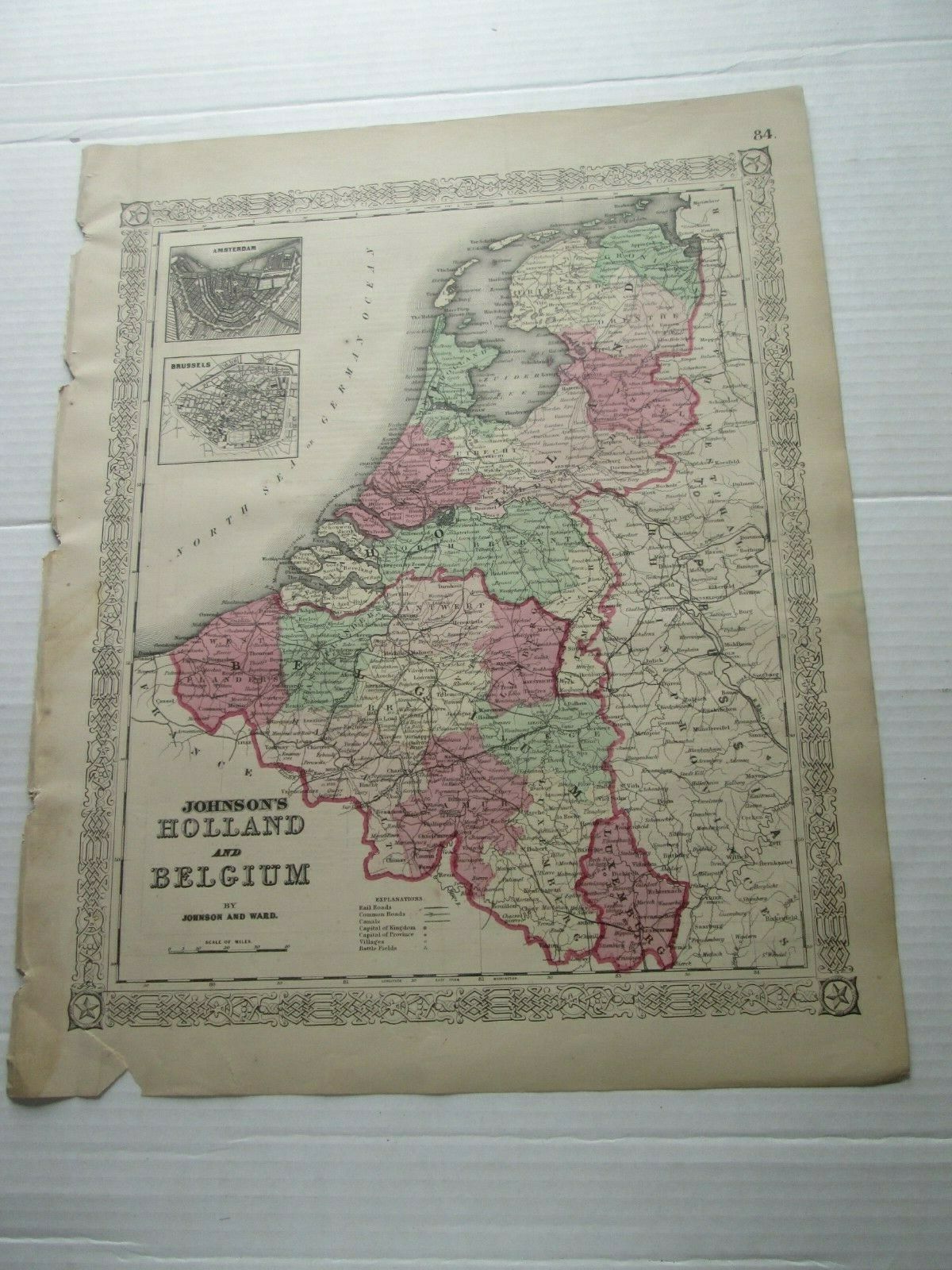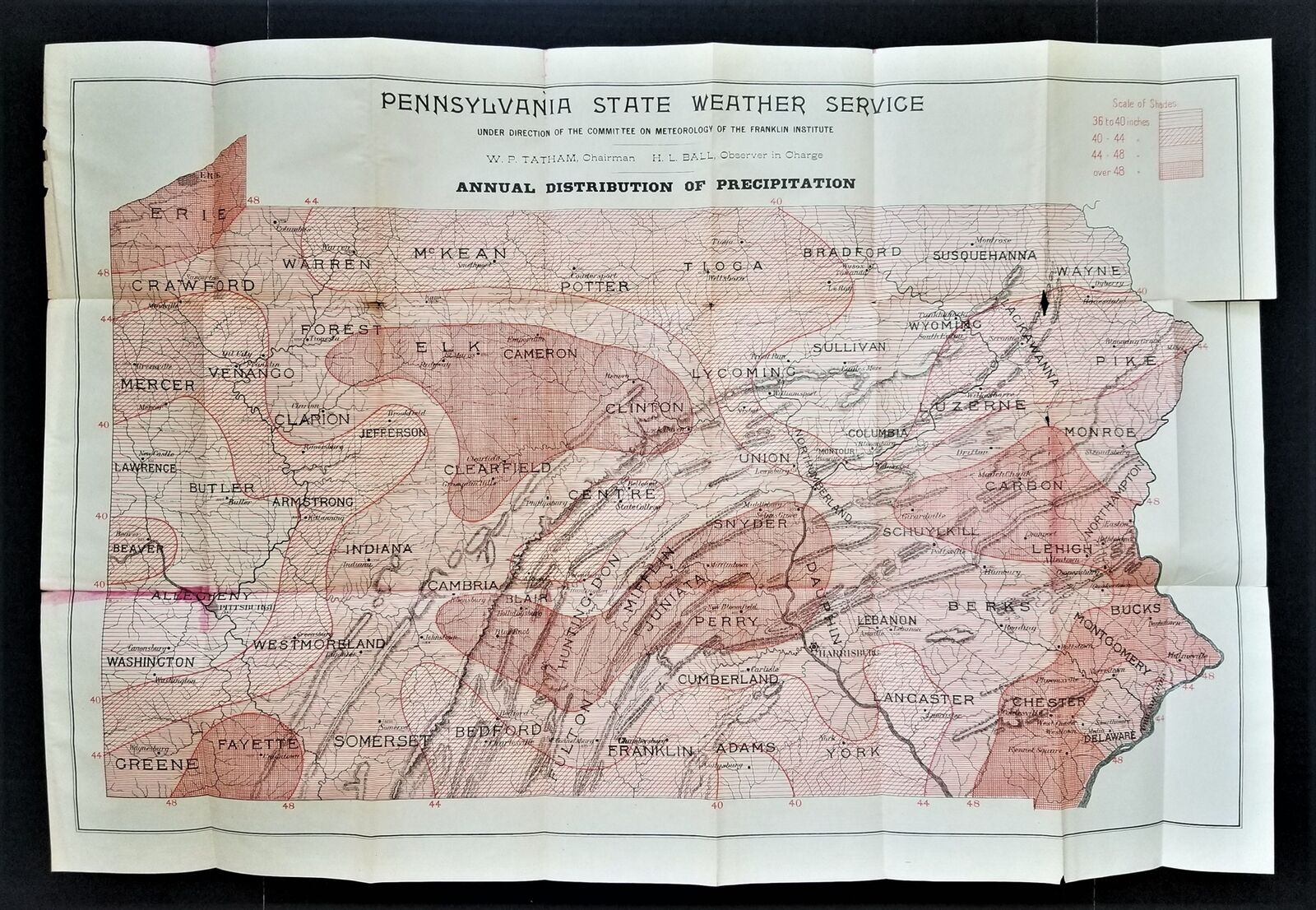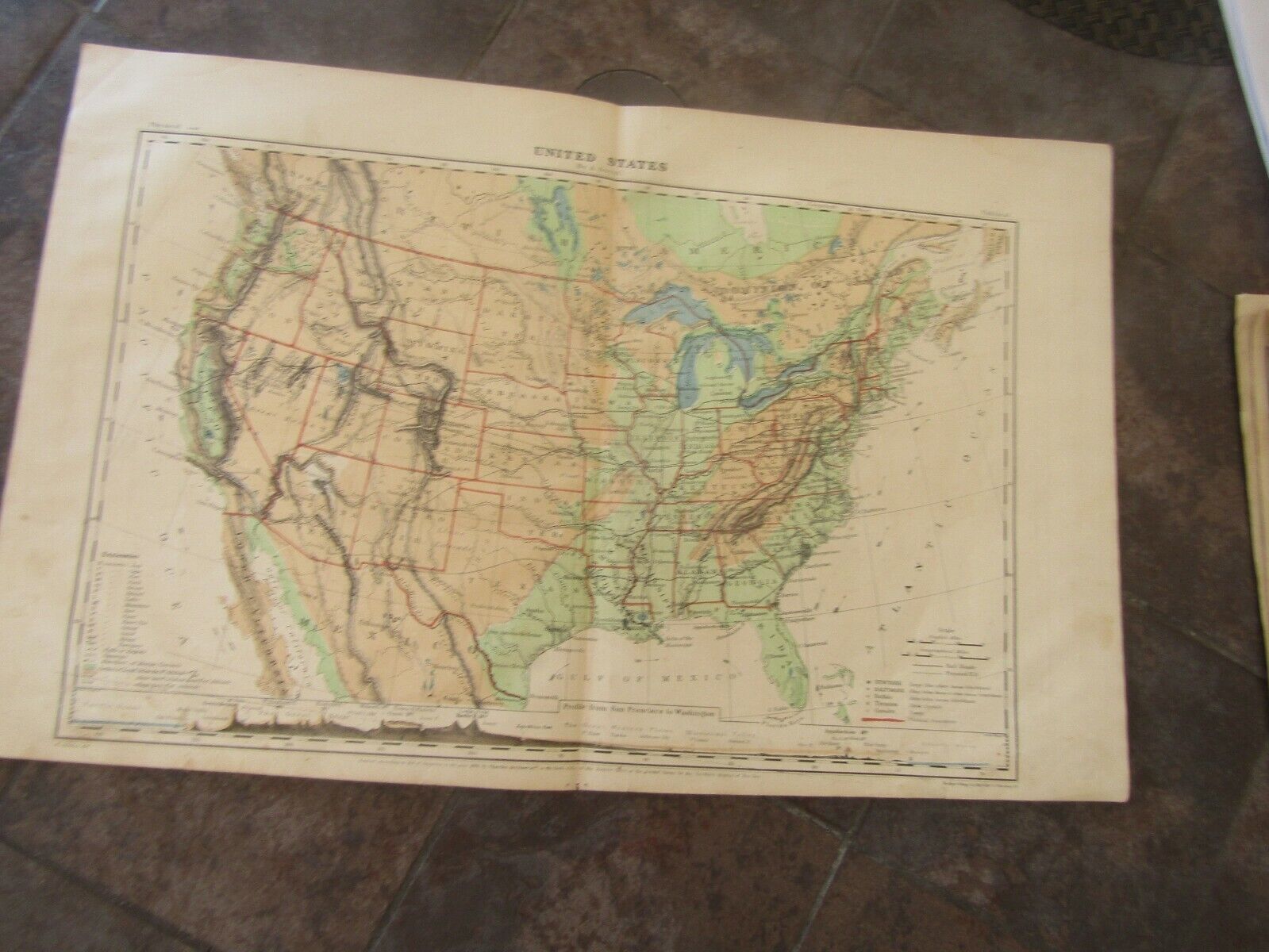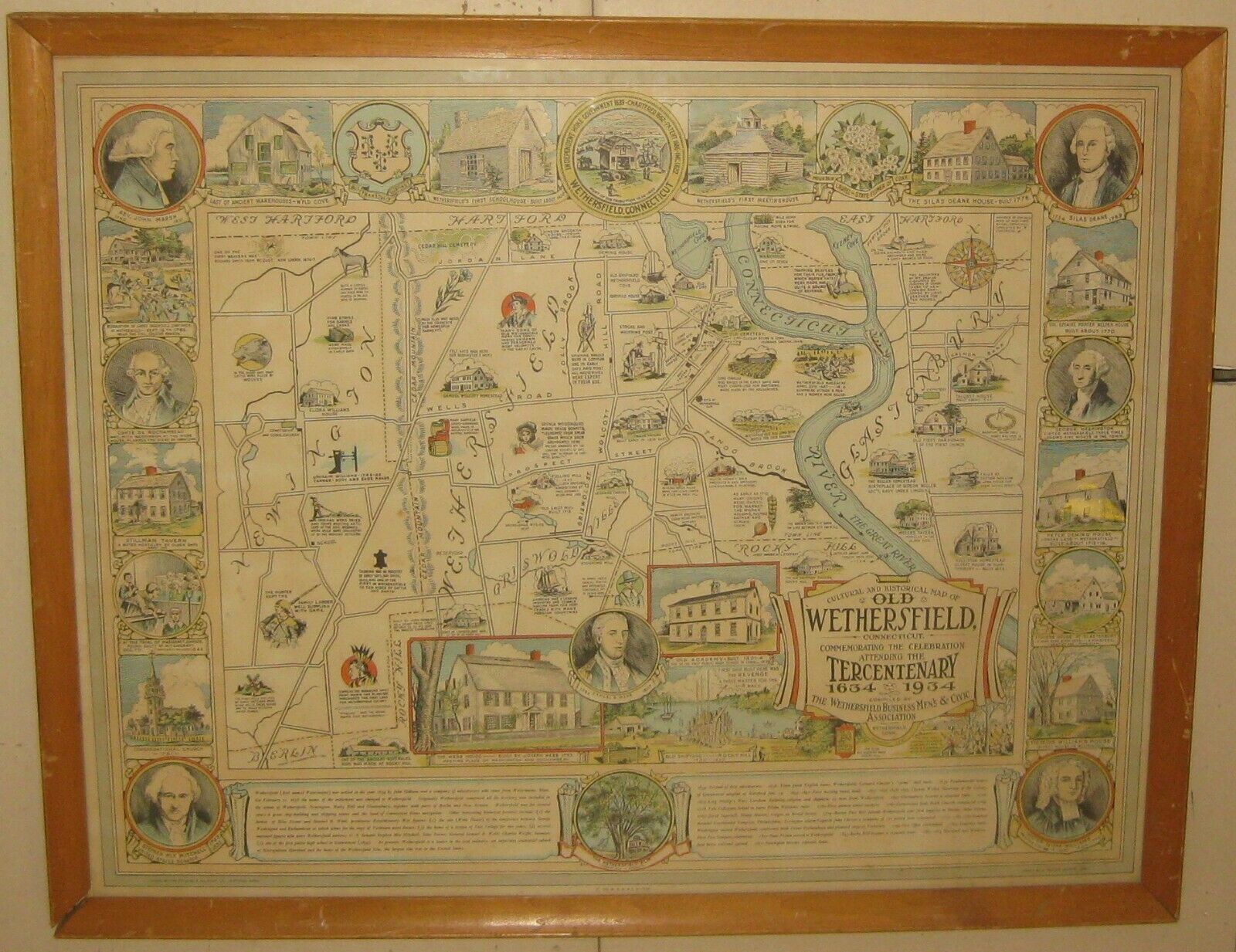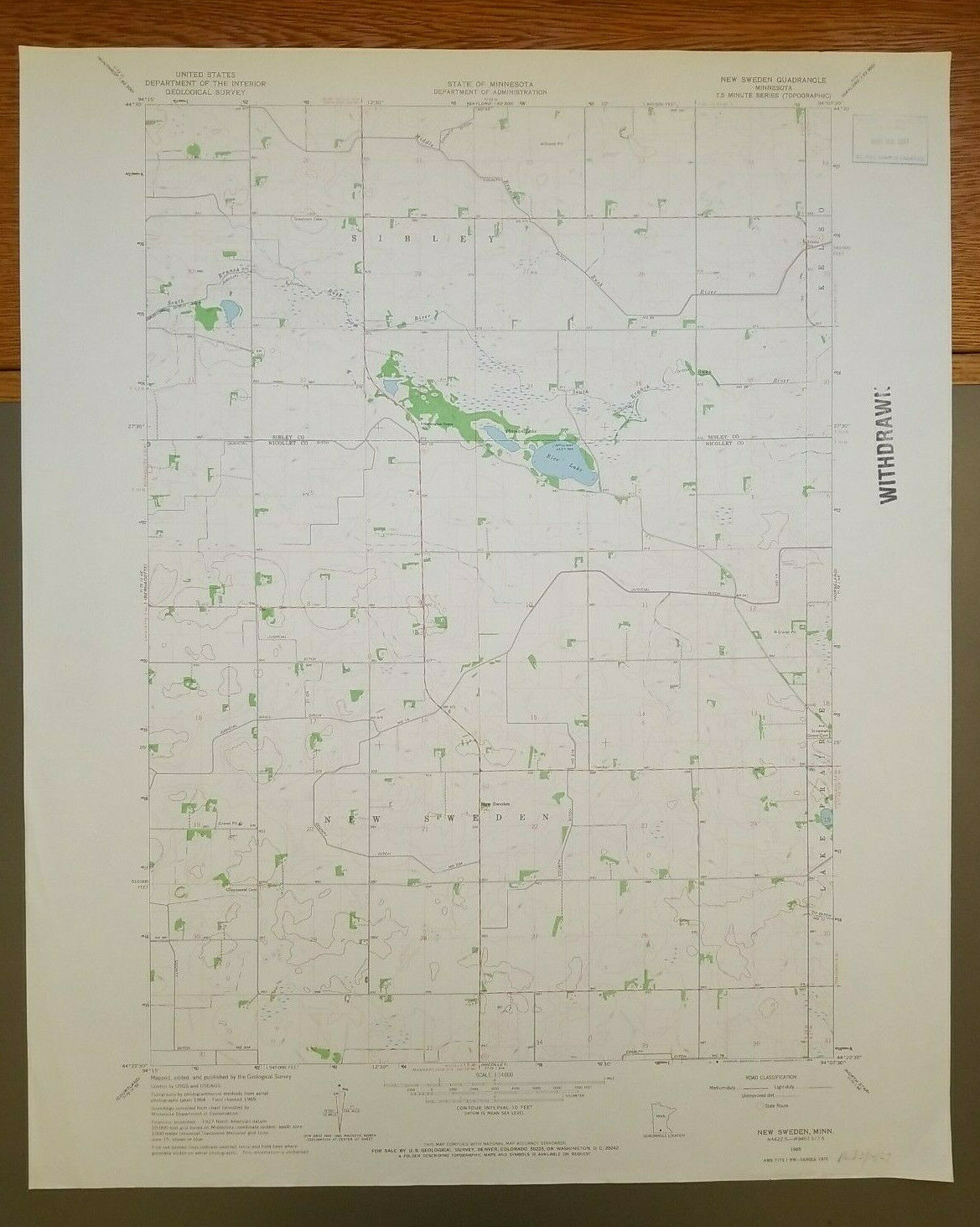-40%
1979 War Resisters League Map 'Nuclear America' Cold War
$ 158.39
- Description
- Size Guide
Description
This lithographed poster map of the United States is one in a suite of anti-nuclear maps published in the late 1970s and early 80s by The War Resisters League. It embodies the fears and concerns that occupied the West during the Cold War. The poster was compiled as a thematic map meant to highlight the ubiquity of America’s nuclear complex by showing how pervasive the associated facilities are across the country.At first glance, the map appears quite simplistic in its execution, with very basic coloring, virtually no toponyms (only the insets of Alaska and Hawaii are labeled), and individual states defined by nothing more than thin black lines. However, symbols indicating facilities or structures associated with the US nuclear arsenal, or its nuclear power infrastructure, abound throughout the country. While these remain unidentified on the map itself, an extended index on the verso provides each facility’s name, location, and precise function.
The locations noted on the map consist of military and civilian facilities, distinguished through color-coded symbols. Thus, while one must consult the verso of the map to identify each location precisely, the nature of each site is defined by the legend along the poster’s right fringe. Essentially, the identified locations have been subdivided into four main categories: pink symbols for facilities associated with the military, black symbols for civilian nuclear facilities, and light green symbols for miscellany like uranium mines and nuclear waste deposits. Examples of the meaning of these symbols could be pink crosses for nuclear weapons testing sites, black dots for operating nuclear power plants, and green diamonds for nuclear fuel processing facilities.
A fourth category indicated in the legend is perhaps the most frightening, both because it refers to a potential atomic apocalypse but also because, in visual terms, this is the dominant feature on the map itself. Here, pink blotches throughout the country – but naturally concentrated near large urban areas and military facilities – show how widespread nuclear targets are throughout America. The map explains it in a rather dispassionate manner: “areas subject to direct nuclear attack during a nuclear war (either blast, hit or initial radiation.”
Our copy of this great map constitutes the second edition as issued in 1979 (the first edition appeared in 1978). The second edition has been considerably updated from its predecessor, adding a variety of new symbols and locations and carefully retracing what areas of the country would be subject to nuclear attack if the Cold War ever warmed up. That a second and updated edition of the map came out so shortly after the first one was not only due to the addition of many new elements but was also meant as a demonstration of the rapid proliferation of nuclear facilities in America during the height of the Cold War. In very real terms, it showed just what an uncontrollable dynamic geographic exposure was. Moreover, it constituted a political critique that stressed the fuzzy distinction between military and civilian targets in a nuclear war.
The most significant motivator behind issuing a new edition of the map was nevertheless the partial meltdown of a nuclear reactor at the plant on Three-Mile Island, just outside Harrisburg, Pennsylvania. This tragic accident, which still is the worst nuclear accident in the West since the inception of nuclear power plants, happened only months before our poster map hit the streets. The tragedy had manifested the dangers of nuclear power and significantly strengthened the position of the War Resisters League and other anti-nuclear groups. Their agenda was no secret. Along with the site index, the verso includes the following explanatory text:
“Nukes (nuclear weapons and nuclear power plants) present the greatest threat to life ever known. We cannot permit this threat to continue — or to continue escalating.
This map was produced to graphically illustrate the magnitude and pervasiveness of the nuclear menace, to help stimulate organizing against nukes, and to emphasize the inseparable link between weapons and power.”
The map ultimately calls for popular mobilization against the threat of military and civilian nuclear proliferation.
The War Resisters League (f. 1923) is America’s oldest secular pacifist organization and a vociferous opponent of the phenomenon that Eisenhower called the ‘military-industrial complex.’ The group was founded in the wake of the horrors of World War I and remains an active voice against US participation in wars abroad to this day. Among their many accomplishments was pushing the anti-nuclear agenda to the forefront of American politics and public debate. Their position was not only against the proliferation of nuclear weapons but also against the increased implementation of nuclear power in America – especially after the accident at Three-Mile Island in 1979.
The War Resisters League helped take the forefront of the anti-nuclear movement, adopting a position not only against nuclear weapons but also against nuclear power. The League had gained popularity during the Civil Rights and Vietnam War protests and used its influence to help start the mass-nuclear weapon protests of the era.


